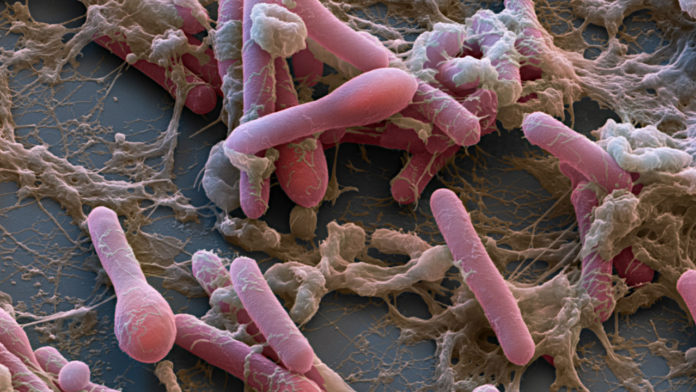- Botulinum Toxin, one of the world’s deadliest toxins, causes the fatal disease botulism.
- Researchers have designed a new strategy that can potentially reverse the effects of the neurotoxin.
- After success in an animal model, researchers now hope to begin human trials with the newly developed approach.
According to a study published in Science Translation Medicine, researchers may soon be able to reverse the paralytic effects of botulinum toxin. Botulinum neurotoxin is one of the deadliest toxins in the world. Ingestion of contaminated food, soil, or dust results in a rare, but fatal condition called Botulism. Produced by the bacteria Clostridium botulinum, the toxin invades the nervous system and results in paralysis. Death ultimately occurs due to an inability to breathe.
Current treatment involves injecting with antitoxins, mechanical ventilation, and supportive care. Although the antitoxin is effective against the toxin in the bloodstream, it cannot reach the neurons. Therefore, to counteract this, researchers have developed a new therapeutic technique to deliver antitoxins within the nerves and inactivate the neurotoxin.
There are anti-toxins, but these only work before the toxins enter the motor neurons. What we have developed is the first therapy that can eliminate toxins after they get inside neurons.
Min Dong, PhD, study author
New Strategy for Botulism
A research team, led by Professor Konstantin Ichtchenko, designed a modified botulinum toxin for delivering the neutralizing antibodies. Using genetic engineering techniques, the team was able to make it less toxic than the real toxin. However, high doses of the modified toxin caused paralysis in animal models.
Therefore, the research team led by Professor Min Dong combined toxic parts of natural botulinum toxin with a related toxin that did not have the ability to invade or damage nerve cells. The resulting drug demonstrated no toxic effects at high doses as compared to Ichtchenko’s modified toxin.
Both research teams then attached their engineered toxins to a nanobody with the ability to neutralize the neurotoxin. The engineered toxins acted as a delivery vehicle for the nanobodies, guiding them into the nerve cells.
One barrier to treatment has been getting across the cell membrane, which is difficult for protein drugs. The other is targeting specific cell types, and in this case specificity toward motor neurons and nerve terminals. We took advantage of the fact that botulinum neurotoxins target motor neurons naturally and efficiently, and can deliver a protein cargo across cell membranes.
Shin-Ichiro Miyashita, PhD, first author
Success in Animal Model
Both the teams reported success in animal models. Dong’s team tested their technique in mice whereas; Ichtchenko’s team was successful with their treatment in mice, guinea pigs, and macaque monkeys. The therapeutic technique not only reversed botulism signs, but also improved survival for the three different species.
The team is currently working to modify the drug and improve its therapeutic properties. And investigate whether the treatment can help treat other neuronal diseases. Researchers hope to begin human trials once they receive FDA approval.
Reference:
Mcnutt, Patrick M., et al. “Neuronal Delivery of Antibodies Has Therapeutic Effects in Animal Models of Botulism.” Science Translational Medicine, vol. 13, no. 575, 2021, doi:10.1126/scitranslmed.abd7789.




